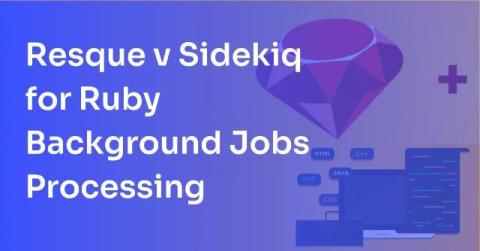Empowering Enterprise Generative AI with Flexibility: Navigating the Model Landscape
The world of Generative AI (GenAI) is rapidly evolving, with a wide array of models available for businesses to leverage. These models can be broadly categorized into two types: closed-source (proprietary) and open-source models. Closed-source models, such as OpenAI’s GPT-4o, Anthropic’s Claude 3, or Google’s Gemini 1.5 Pro, are developed and maintained by private and public companies.











